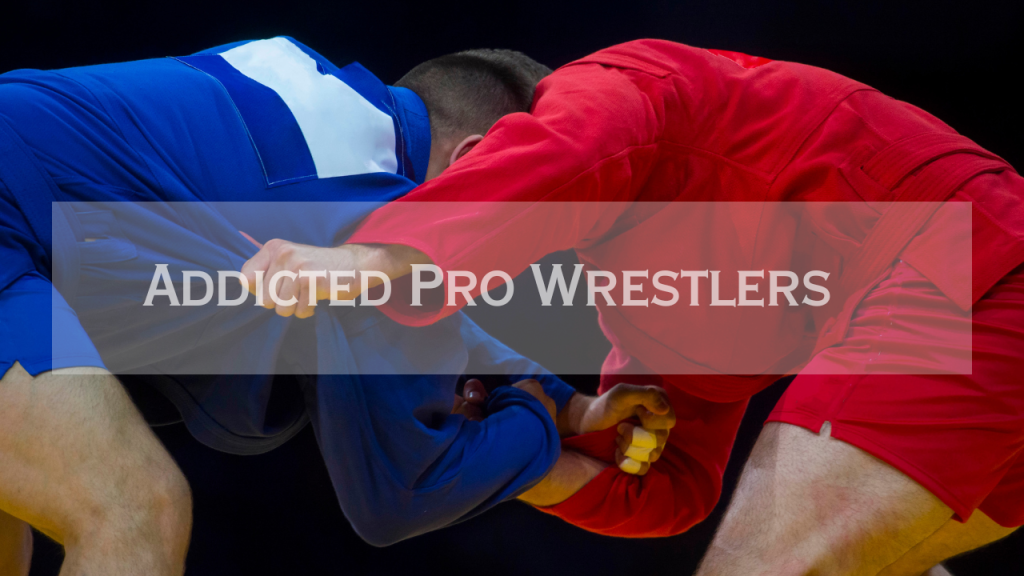
In the high-octane world of professional wrestling, fans witness feats of strength, endurance, and athleticism on a nightly basis. What often goes unnoticed, however, is the price many wrestlers pay to maintain that image. Behind the curtain lies a hidden epidemic of addiction, driven largely by painkillers and the unrelenting demands of the industry. The story of wrestling’s addiction crisis is one marked by resilience, tragedy, and a growing push for reform.
The Nature of the Beast
Wrestling is as physically demanding as it is theatrical. Wrestlers take bone-jarring bumps, perform dangerous stunts, and push their bodies to the brink with little to no rest. With no formal offseason and a brutal travel schedule, chronic pain becomes an unavoidable part of the job. For decades, the solution was simple but dangerous: prescription painkillers.
Many wrestlers turned to opioids and muscle relaxers to manage pain and continue working. What began as a way to stay on the road quickly escalated into addiction for many. Kurt Angle, an Olympic gold medalist and wrestling icon, once revealed he was taking over 60 painkillers a day during his darkest period. The root cause? Severe neck injuries and an unwillingness to slow down in fear of losing his spot.
A Culture of Silence
The wrestling world long operated under a culture of silence regarding addiction. Speaking out was often seen as weakness, and performers were expected to “tough it out.” This silence enabled a cycle of dependency, as many feared the stigma of admitting they needed help.
In the 1990s and early 2000s, the issue became impossible to ignore as a growing number of wrestlers either left the business due to addiction or died prematurely. Stars like Test, Umaga, and Rick Rude were all lost to complications stemming from substance abuse, many of which involved painkillers.
Fighting Back: Redemption Stories
Not all stories end in tragedy. Wrestlers like Jeff Hardy and William Regal battled their addictions publicly and eventually found a path to sobriety. Hardy, known for his daredevil style and charisma, faced multiple suspensions and arrests before committing to recovery. Regal, whose issues with painkillers nearly ended his career, now mentors younger talent, offering guidance and a powerful example of redemption.
The story of Jake “The Snake” Roberts is one of the most compelling. After years of battling addiction and deteriorating health, he turned his life around with the help of Diamond Dallas Page’s wellness program. Roberts’ journey from near death to induction into the WWE Hall of Fame is a beacon of hope for many still struggling.
A Shift in Perspective
Today, the wrestling industry is beginning to confront its past. Companies like WWE now offer rehabilitation assistance for current and former talent. There is greater emphasis on mental health, injury management, and preventative care.
The epidemic of addiction in wrestling serves as a reminder that even the strongest warriors need help. With ongoing support and open dialogue, the next generation of wrestlers may no longer have to suffer in silence—proving that real strength comes not just from power bombs, but from facing pain with courage and seeking healing.

Leave a Reply